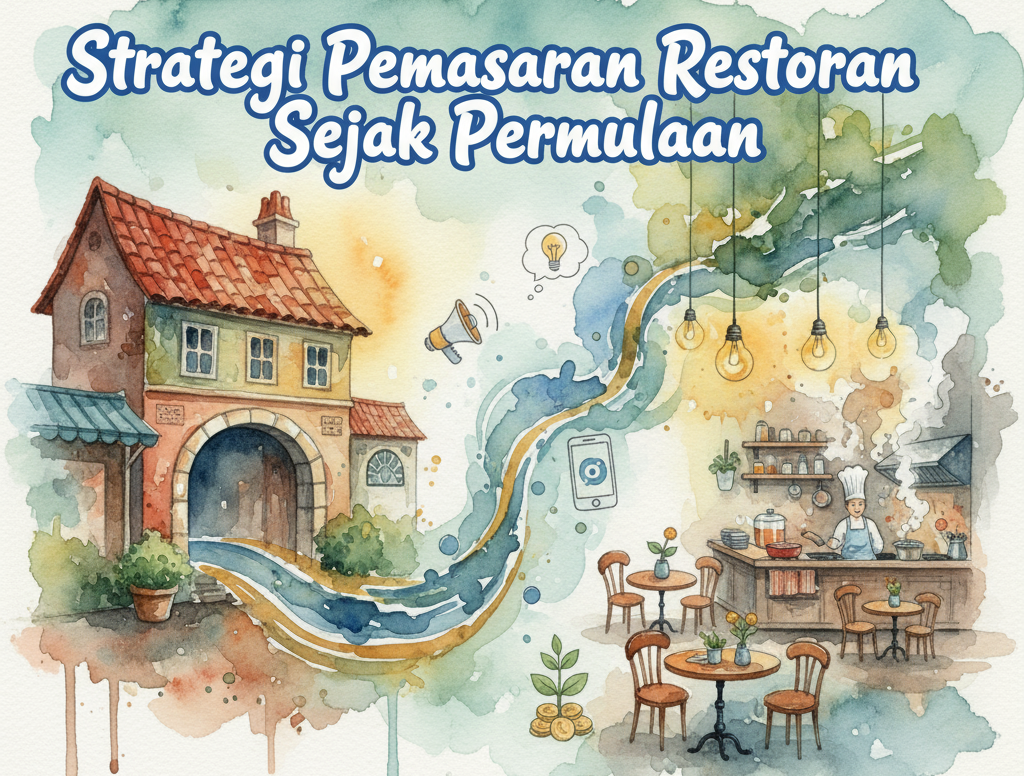Introduction:
Your restaurant menu is more than just a list of dishes; it’s a valuable marketing asset that can drive customer engagement, boost brand awareness, and increase revenue. By strategically utilizing your menu as a marketing tool, you can effectively promote your offerings, engage customers, and create a memorable dining experience. In this blog post, we will explore actionable tips on how to leverage your restaurant menu for marketing purposes.
Visual Appeal and Branding:
Design your menu to reflect your brand identity and create a visually appealing experience. Incorporate your logo, color scheme, and fonts that align with your overall brand aesthetic. Use high-quality images of your dishes to entice customers and showcase the culinary expertise. The menu should visually represent the ambiance and unique offerings of your restaurant.
Take inspiration from McDonald’s, which features new menu items and seasonal specialties to create excitement and attract customers. McDonald’s also strategically positions their iconic items, such as the Big Mac and Chicken McNuggets, to drive sales and promote brand recognition.
Storytelling and Descriptive Language:
Go beyond basic dish descriptions by incorporating storytelling and descriptive language in your menu. Highlight the origin of ingredients, culinary techniques, or the inspiration behind specific dishes. Use compelling language to evoke emotions and create a connection with your customers. Effective storytelling helps differentiate your restaurant and enhances the overall dining experience.
Starbucks is a prime example of effectively using their menu to showcase their extensive range of coffee beverages and specialty drinks. They introduce seasonal offerings, such as the Pumpkin Spice Latte, to create anticipation and customer engagement. Starbucks also promotes their loyalty program and encourages customers to customize their drinks, showcasing their commitment to personalization.
Highlight Signature Dishes and Specialties:
Prominently feature your signature dishes, chef’s specialties, or unique offerings in your menu. Use visual cues such as icons or special formatting to draw attention to these items. Provide engaging descriptions and captivating visuals to create intrigue and entice customers to try these standout dishes. Highlighting your specialties helps establish your restaurant’s identity and sets you apart from the competition.
Domino’s Pizza innovatively uses its menu to streamline the ordering process and enhance the customer experience. They introduced their “Pizza Tracker” feature on their menu, allowing customers to track the progress of their orders in real-time. This interactive element provides transparency, builds anticipation, and boosts engagement.
Upselling and Cross-Selling Opportunities:
Strategically use your menu to encourage upselling and cross-selling. Group complementary items or suggest pairings to enhance the dining experience. Incorporate enticing descriptions or visuals that promote add-ons, such as premium toppings, sides, or beverages. Utilize language that highlights the value and enhances the overall enjoyment of the meal.
Chipotle Mexican Grill effectively communicates its commitment to fresh, quality ingredients and customizable options through their menu. They emphasize the sourcing of organic and locally grown produce, appealing to health-conscious customers. Chipotle’s menu also promotes their add-ons, such as guacamole or extra protein, creating upselling opportunities.
Seasonal and Limited-Time Promotions:
Leverage your menu to promote seasonal or limited-time promotions. Designate a section of your menu to showcase seasonal specialties, holiday-themed dishes, or exclusive offerings. Incorporate visually appealing graphics, special icons, or borders to create a sense of urgency and encourage customers to try these time-limited offerings. Promote these promotions through your website, social media, and in-house signage.
The Cheesecake Factory’s menu showcases their diverse range of flavors and indulgent desserts, creating anticipation and enticing customers to try new items. Their menu design incorporates mouthwatering visuals and detailed descriptions that evoke cravings and engage customers. By featuring seasonal specialties, The Cheesecake Factory creates a sense of urgency and encourages repeat visits.
Call-to-Action (CTA) and Online Engagement:
Integrate CTAs throughout your menu to drive online engagement and build a digital presence. Include social media handles, website URLs, or QR codes that direct customers to your online platforms. Encourage customers to follow, like, or share their dining experiences on social media by offering incentives or running contests. Engaging customers online helps create brand advocates and amplifies your reach.
Nando’s, a global chain specializing in peri-peri chicken, incorporates storytelling and humor into their menu. They infuse their menu with descriptions that highlight the origin and unique flavors of their dishes. Nando’s menu also promotes their social media handles, encouraging customers to share their dining experiences and participate in online conversations.
Loyalty Programs and Special Offers:
Utilize your menu to promote your loyalty programs, special offers, or exclusive discounts. Designate a section or include inserts that highlight the benefits of joining your loyalty program. Offer incentives, such as freebies or discounts, for signing up. Clearly communicate the value of being a loyal customer and the rewards they can enjoy.
Hard Rock Cafe incorporates rock ‘n’ roll-inspired graphics and iconic memorabilia on their menu, creating an immersive experience for customers. They designate a section of their menu to highlight the benefits of joining their loyalty program, offering incentives for signing up. Hard Rock Cafe effectively communicates the value of being a loyal customer and the rewards they can enjoy.
Testimonials and Reviews:
Incorporate customer testimonials or positive reviews within your menu to build trust and credibility. Include snippets or ratings from satisfied diners to showcase the positive experiences others have had at your restaurant. This social proof can influence customers’ decision-making and create a sense of confidence in choosing your establishment.
Interactive Elements and Feedback:
Introduce interactive elements in your menu to encourage customer feedback and engagement. Include QR codes or URLs that allow customers to leave reviews, provide feedback, or participate in surveys. Actively seek their opinions and use their feedback to improve your offerings and enhance the customer experience.
Conclusion
Your restaurant menu holds significant potential as a marketing tool. By incorporating visual appeal, storytelling, highlighting signature dishes, promoting specials, utilizing CTAs, and leveraging online engagement, you can turn your menu into a powerful marketing asset. Enhance customer engagement, build brand awareness, and drive revenue by strategically using your menu as a platform to communicate your restaurant’s unique offerings and create a memorable dining experience. Embrace creativity, experiment with different techniques, and continuously seek feedback to optimize your menu’s marketing impact.



